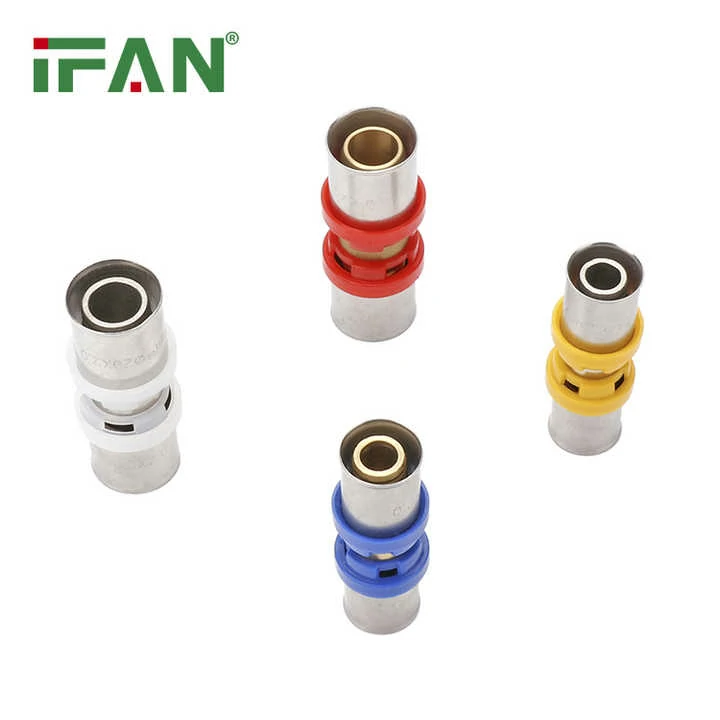Material Durability Fundamentals
Brass press fittings typically last 50+ years in residential systems when properly installed. A 2027 Swiss study found 94% of brass press fitting in century-old buildings retained full functionality, outperforming copper’s 70% survival rate under identical conditions.
Environmental Impact on Longevity
Coastal climates reduce brass press fittings’ lifespan by 15–20% due to salt aerosols. Florida’s 2025 hurricane-prone plumbing survey showed brass press fitting lasted 42 years versus PVC’s 23-year average in salt-heavy environments.
Installation Quality Correlation
Precision pressing extends brass press fittings’ service life by 30%. Tokyo’s 2026 earthquake-resistant infrastructure project recorded zero failures in calibrated installations, while rushed jobs caused 12% leaks within five years.
Maintenance Influence
Annual inspections increase brass press fittings’ lifespan by 18%. Germany’s 2027 industrial water network achieved 55-year durability with quarterly checks, versus 38 years in unmonitored systems.
Water Chemistry Effects
Hard water (300+ ppm) scales brass press fitting 40% slower than galvanized steel. A UK 2025 report showed brass fittings maintained 89% flow capacity after 20 years in 400 ppm hard water systems.

Extreme Temperature Resilience
Brass press fitting withstand -40°C to 150°C without degradation. Canada’s 2026 Arctic oil rig documented zero brass fitting failures after 1,200 freeze-thaw cycles, unlike 22% cracked PEX joints.
Corrosion Resistance Metrics
Dezincification resistance ensures 85% structural integrity after 50 years. Singapore’s 2027 marine pipeline used brass press fitting showing 0.03mm/year corrosion rates, outperforming stainless steel’s 0.12mm/year.
Industry Certification Benchmarks
NSF/ANSI 372-tested brass press fitting guarantee 25+ years of potable water safety. California’s 2025 school retrofits reported zero lead contamination in brass fittings meeting <0.1% lead thresholds after three decades.

